Adventure Awaits in Chile – Hiking, Surfing, and Stargazing
Chile: Where the Andes Meet the Pacific
Argentina Bolivia Brazil Colombia Ecuador Guyana Paraguay Peru Suriname Uruguay Venezuela French Guiana Falkland Islands South Georgia South Sandwich Islands South America
Peaks of Patagonia & Chilean Vineyards: A Journey Through Nature and Wine

Patagonia’s towering peaks and Chile’s world-renowned vineyards offer an unforgettable blend of adventure and indulgence.
This journey takes you from the rugged wilderness of southern Patagonia to the lush valleys of Chile’s wine country, where snow-capped mountains give way to rolling vineyards.
Whether you're a nature enthusiast, a wine connoisseur, or simply seeking a unique travel experience, this guide explores the best of both worlds.
1. The Majestic Peaks of Patagonia
Torres del Paine National Park
One of the most iconic destinations in Patagonia, Torres del Paine National Park (Chile) is a UNESCO Biosphere Reserve known for its jagged granite peaks, turquoise lakes, and sprawling glaciers.
- Key Attractions:
- The Torres del Paine Towers – Three striking granite peaks rising over glacial lakes.
- Grey Glacier – A massive ice field part of the Southern Patagonian Ice Field.
- French Valley – A dramatic hike with panoramic views of hanging glaciers.
- Lake Pehoé – Famous for its electric-blue waters and stunning reflections of the Cuernos del Paine.
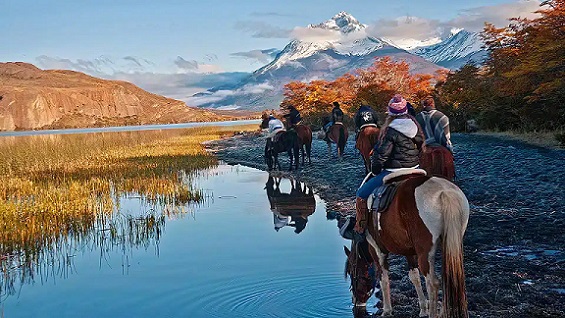
- Best Hikes:
- The W Trek (5-7 days) – Covers the park’s major highlights.
- The O Circuit (8-10 days) – A longer, more remote trek around the entire massif.
Los Glaciares National Park (Argentina)
Just across the border in Argentina, Los Glaciares National Park is home to Perito Moreno Glacier, one of the few advancing glaciers in the world.
- Must-See Spots:
- Mount Fitz Roy – A legendary peak for climbers, with challenging ascents.
- Laguna de los Tres – A rewarding hike offering close-up views of Fitz Roy.
- El Chaltén – Argentina’s trekking capital, with trails for all levels.
When to Visit Patagonia
- Best Time: November to March (summer in the Southern Hemisphere).
- Shoulder Seasons: October & April (fewer crowds, cooler weather).
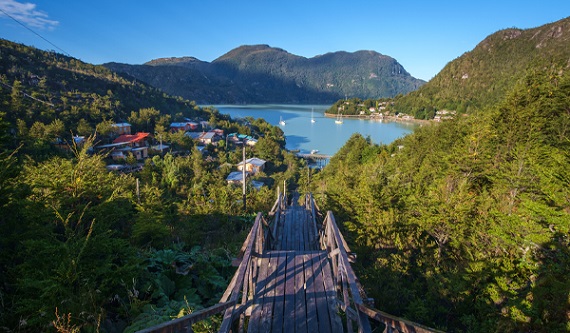
2. Chile’s World-Class Vineyards
After exploring Patagonia’s wild landscapes, head north to Chile’s fertile valleys, where some of the world’s finest wines are produced.
Key Wine Regions
A. Maipo Valley (Near Santiago)
- Known For: Bold Cabernet Sauvignon.
- Top Wineries:
- Concha y Toro – Chile’s most famous winery, home to the legendary "Casillero del Diablo."
- Santa Rita – Historic estate with beautiful gardens and premium wines.
B. Colchagua Valley
- Known For: Rich Carménère (Chile’s signature grape) and Syrah.
- Top Wineries:
- Viña Montes – Known for its Alpha M and Purple Angel wines.
- Lapostolle (Clos Apalta) – A biodynamic winery producing world-class blends.
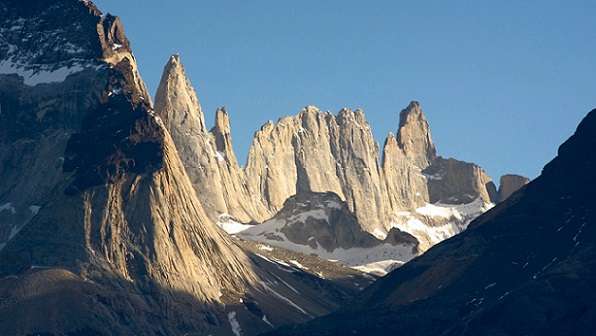
C. Casablanca Valley (Near Valparaíso)
- Known For: Crisp Sauvignon Blanc and Chardonnay.
- Top Wineries:
- Viña Matetic – Organic and biodynamic wines with stunning coastal influence.
- Emiliana – A leader in organic and sustainable winemaking.
D. Elqui Valley (Northern Chile)
- Known For: High-altitude Syrah and Pisco (Chile’s national spirit).
- Top Wineries:
- Viña Falernia – One of the northernmost wineries, producing unique desert-grown grapes.
Wine Tours & Experiences
- Harvest Season (March-April): Participate in grape picking and wine-making activities.
- Wine & Bike Tours: Cycle through vineyards in Casablanca or Colchagua.
- Gourmet Pairings: Many wineries offer food and wine pairings with local Chilean cuisine.
When to Visit Chilean Vineyards
- Year-Round: Most wineries welcome visitors, but harvest season (March-April) is the most exciting.
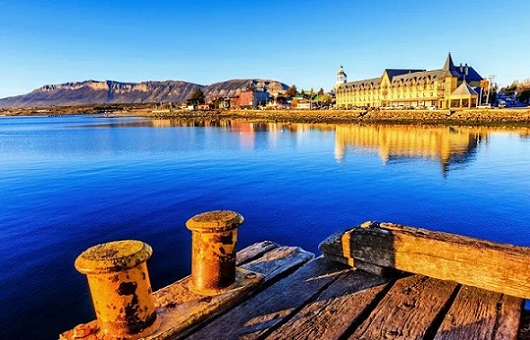
3. Combining Patagonia & Chilean Wine Country
Sample Itinerary
Day 1-5: Patagonia Adventure
- Fly into Punta Arenas, then transfer to Torres del Paine.
- Trek the W Circuit or explore shorter trails.
- Visit Perito Moreno Glacier (if crossing into Argentina).
Day 6-7: Santiago & Maipo Valley
- Fly to Santiago, explore the city’s historic center.
- Wine tasting in Maipo Valley (Concha y Toro, Santa Rita).
Day 8-10: Colchagua & Casablanca Valleys
- Travel to Colchagua for Carménère tastings.
- Visit Casablanca Valley for coastal white wines.
- Optional: Day trip to Valparaíso, a UNESCO-listed port city.
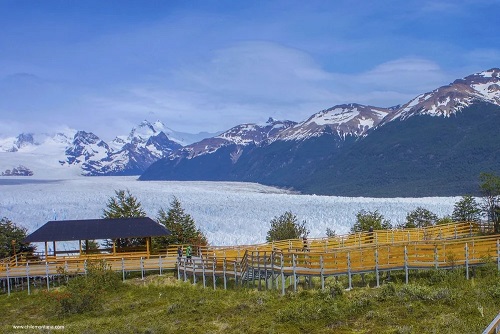
Day 11: Departure
- Return to Santiago for international flights.
4. Travel Tips
- Transport: Domestic flights connect Punta Arenas to Santiago (~3.5 hours).
- Accommodation:
- Patagonia: Eco-lodges like Explora Patagonia or Tierra Patagonia.
- Wine Country: Luxury stays at Vik Chile or Hotel Casa Real.
- Packing: Layers for Patagonia’s unpredictable weather; comfortable shoes for vineyard tours.
Conclusion
From the soaring peaks of Patagonia to the sun-drenched vineyards of Chile, this journey offers the perfect mix of adventure and relaxation. Whether you're hiking beneath granite towers or sipping Carménère in a colonial-era winery, the contrasts of Chile’s landscapes and flavors create an unforgettable experience.

Exploring Chile: Patagonia, Wine, and Starry Skies
Ever heard of a country so skinny you could drive from one side to the other in just a few hours, yet so long it stretches across nearly half of South America?
That’s Chile, officially the Republic of Chile, a fascinating country squeezed between the towering Andes Mountains and the vast Pacific Ocean.
Chile shares many of the defining characteristics of Latin American nations. Colonized by Spain, its culture is predominantly Spanish in origin, though recognition of Indigenous influences has grown over time.
Like much of the region, its population became primarily mestizo, a mix of Spanish and Indigenous heritage. Historically, Chilean society developed under the dominance of a small elite, which held disproportionate control over land, wealth, and political power.

Chile exercises sovereignty over several South Pacific territories, including Easter Island (Rapa Nui), the Juan Fernández Archipelago, and the volcanic islets of Sala y Gómez, San Félix, and San Ambrosio. Additionally, Chile enforces a 200-mile exclusive economic zone (EEZ) off its coast. The nation's capital and largest city is Santiago.
Where in the World is Chile?
Chile is like nature’s tightrope walker—balancing on a 4,300 km (2,670 mi) strip of land (about the distance from New York to Los Angeles!), yet only 350 km (217 mi) wide at its broadest point. It’s bordered by:
- Peru to the north
- Bolivia to the northeast (and yes, Chile famously has no direct border with Brazil, despite some map confusion!)
- Argentina to the east (separated by the mighty Andes)
- The Pacific Ocean to the west—with 6,435 km (4,000 mi) of coastline!
Fun fact: Chile is home to the driest place on Earth—the Atacama Desert, where some areas haven’t seen rain in over 400 years! Yet, it’s also home to glaciers, fjords, and even penguin colonies further south.
What’s in a Name? The Mystery of "Chile"
No one’s entirely sure where the name "Chile" comes from, but there are some cool theories:
1. The Inca Theory – When the Incas tried (and failed) to conquer the local Araucanians, they referred to the Aconcagua Valley by a mispronounced version of a tribal chief’s name—Tili. Over time, it may have morphed into "Chile."
2. The Peruvian Connection – There’s a town in Peru called Chili in the Casma Valley, which looks a lot like Chile’s landscape. Maybe early settlers brought the name with them?
3. The Mapuche Meaning – Some believe it comes from the Mapuche word chilli, meaning "where the land ends"—which makes sense since Chile feels like the edge of the world with its dramatic Pacific coastline.
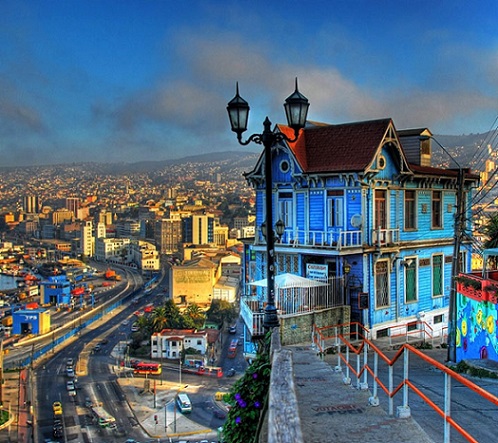
Ancient Chile: From Early Settlers to Inca Resistance
Before the Spanish arrived, Chile was home to indigenous peoples for thousands of years:
- Around 10,000 years ago, nomadic tribes moved into Chile’s fertile valleys.
- The Inca Empire tried expanding into northern Chile, but the fierce Mapuche people (and the region’s remoteness) stopped them from taking over completely.
Fun fact: The Mapuche were one of the few indigenous groups in the Americas that successfully resisted both the Incas and the Spanish for centuries!
Why Chile’s Geography is Wild (Literally)
- Earthquake Central: Chile sits on the Pacific Ring of Fire, meaning 90% of the world’s earthquakes happen nearby. The 1960 Valdivia earthquake (9.5 magnitude!) remains the strongest ever recorded.
- Wine Lover’s Paradise: Thanks to its unique climate, Chile is now the 7th-largest wine producer in the world.
- Easter Island Mystery: Though 3,700 km (2,300 mi) off the coast, this mysterious island with its famous moai statues belongs to Chile!
From vast deserts to glacier-filled south, Chile is a land of extremes, and one of the most geographically diverse countries on Earth. Want to visit? Just don’t forget your sunscreen… and maybe a winter jacket.
Tweet

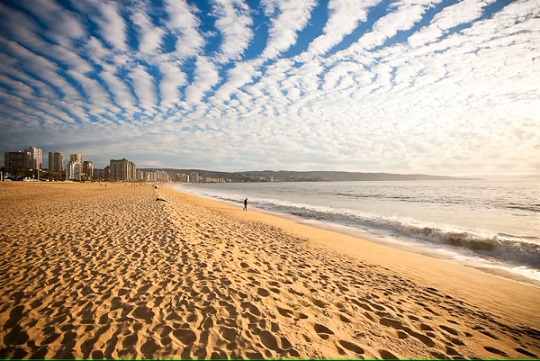





New! Comments
Have your say about what you just read! Leave a comment in the box below.